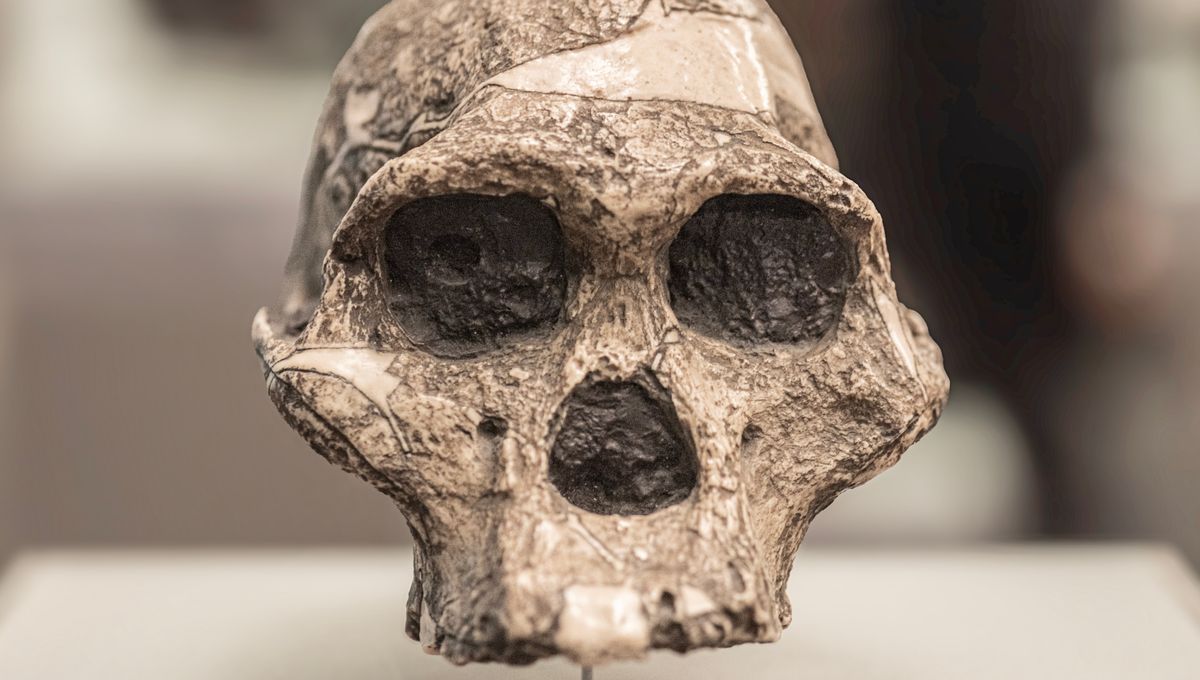
In a new study, scientists have been able to use peptides taken from an ancient hominin to determine its sex – and at 3.5 million years old, they believe it to be the oldest such specimen to have been successfully analyzed in this way.
ADVERTISEMENT GO AD FREE
As palaeoanthropologists have discovered more and more fossilized specimens of ancient hominins, they have also found huge variation between individuals – even within the same species. In that sense, our distant relatives aren’t all that different from us.
However, when it comes to such archaic specimens, it’s one thing to make observations of variation and entirely another to pinpoint what’s behind it. While scientists can extract and investigate the potentially causative chunks of DNA of living species with relative ease, the same can’t be said for fossils; biological molecules degrade over time, and that makes things tricky.
That’s where the relatively new field of palaeoproteomics – the study of proteins from fossilized material – comes in. Proteins can also tell scientists a lot about an individual and tend to survive better through the ages compared to DNA. Theoretically, then, palaeoproteomics could clue us into the reasons behind variation, including sexual dimorphism.
After some feasibility studies, a team of researchers has now done exactly that. They used a minimally invasive technique to extract and analyze peptides – short strings of amino acids, which are the building blocks of proteins – from the tooth enamel of an Australopithecus africanus specimen found in South Africa’s Sterkfontein caves.
Among the 118 peptides the team recovered, there were some unique to amelogenin, a protein involved in the development of tooth enamel. The gene that encodes it has two different versions: AMELX and AMELY, respectively found on the X and Y sex chromosomes. They lead to the production of slightly different forms of the protein, which means they can be used to determine whether an individual has a Y chromosome, and thus infer their sex.
In this case of the A. africanus specimen, the researchers identified four peptides unique to AMELX and 3 to AMELY. Therefore, they concluded with a high degree of confidence that the individual being studied was a male.
ADVERTISEMENT GO AD FREE
While palaeoproteomics has previously been used before to determine the sex of a Homo antecessor specimen, the A. africanus specimen – which is dated at 2 to 3.5 million years old – is thought to be the oldest hominin that it’s been successfully used on.
The researchers hope that their findings illustrate the potential power of palaeoproteomics methods in the wider field of palaeoanthropology.
“Even though palaeoproteomics is still in its infancy and caution should be used in interpreting the results, it is still poised to be able to answer some of palaeoanthropology’s most fundamental questions about sexual dimorphism, variation and phylogeny,” they write. “[P]alaeoproteomics research is at the cusp of remarkable discoveries.”
The study is published in the South African Journal of Science.
Source Link: 3.5-Million-Year-Old Hominin's Sex Determined Using Ancient Peptides – The Oldest Yet